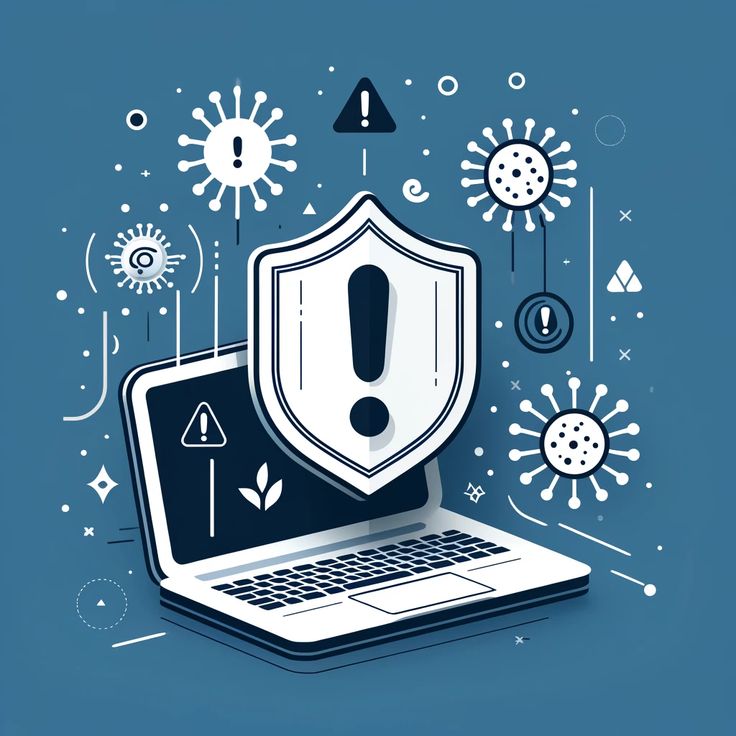
Remember that cybersecurity is an ongoing process, and it requires vigilance and adaptability to address evolving Cyber threats. Regularly reviewing and updating your security practices is essential to controlling vulnerabilities effectively. An efficient IT company can evaluate the systems and Network to identify the vulnerabilities in the network.
Following are the few regular practices to be followed to maintain the systems and Network safe.
Regular Patch Management
Regular patch management is essential for maintaining the security and stability of your systems. By regularly applying patches and updates to your computers and servers, you can ensure that any vulnerabilities or bugs are addressed promptly. This helps to minimize the risk of cyber threats and ensures that your systems function optimally. It is recommended to establish a regular patch management schedule and follow best practices provided by your software vendors to keep your systems secure and up to date.
Keep all software, including operating systems, applications, and plugins, up to date with the latest security patches and updates.
Vulnerability Scanning and Assessment:
Conduct regular vulnerability scans on your network, systems, and applications using specialized tools to identify potential weaknesses.
Access Control
Implement strong access control policies and practices to ensure that only authorized individuals can access sensitive systems and data. A well expertise IT organization can create and implement access policies in the Network Routers as well as Firewalls.
Network Segmentation
Segment your network into smaller, isolated segments to limit the spread of a security breach if one occurs. By creating multiple VLAN and provide access only based on VLAN will help to reduce risk of data breach and data compromise.
Firewalls and Intrusion Detection/Prevention Systems (IDPS):
Use firewalls and IDPS to monitor and filter incoming and outgoing network traffic for malicious activity. Get consultation for a better firewall solution and implement the one which is suitable for the organization.
Security Awareness Training:
Educate employees and users about security best practices, including how to recognize and respond to security threats like phishing emails and social engineering attacks.
Password Policies
Enforce strong password policies, including regular password changes and the use of multi-factor authentication (MFA) wherever possible.
Application Security
Implement secure coding practices and regularly test web applications and software for vulnerabilities such as SQL injection and cross-site scripting (XSS).
Data Encryption
Encrypt sensitive data both at rest and in transit to protect it from unauthorized access.
Incident Response Plan
Develop and regularly test an incident response plan to quickly and effectively respond to security incidents when they occur.
Regular Backups:
Perform regular data backups and test restoration procedures to ensure data recovery in case of a security incident.
Security Audits and Compliance:
Conduct regular security audits and ensure compliance with relevant industry standards and regulations (e.g., GDPR, HIPAA, PCI DSS).
Zero Trust Security Model
Implement a Zero Trust security model, which assumes that threats exist both inside and outside the network and requires verification from anyone trying to access resources.
Regular Security Updates and Training:
Continuously update your security policies and procedures to adapt to evolving threats, and provide ongoing training to your staff.
Asset Inventory
Maintain an accurate inventory of all hardware and software assets to ensure that nothing is overlooked in terms of security updates and protection.
Conclusion
Mitigating cyber threats requires continuous effort, awareness, and the right technology. By combining proactive security practices with expert support, organizations can safeguard their digital assets and maintain business continuity.
FSI Information Technology is one of the leading IT service providers in Dubai, offering IT AMC services, Cisco support, and cybersecurity solutions to help organizations protect their data and infrastructure. FSI helps businesses implement strong security measures, perform regular audits, and maintain a secure IT environment that reduces the risk of cyber threats.
